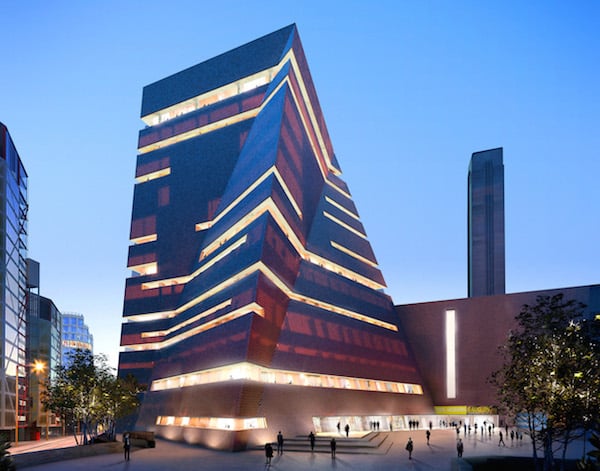Art World
Decrease in Visitors to UK Museums Attributed to Security Threats
Some think the threat of terrorism is keeping visitors away from museums.

Some think the threat of terrorism is keeping visitors away from museums.

Alyssa Buffenstein

The UK’s Department for Culture, Media & Sport (DCMS) has published their latest monthly report on visitor numbers to UK museums and galleries, revealing a loss of one million visitors since April, and a total decrease of 100,000 visitors compared to the same time last year. The Association of Leading Visitor Attractions (ALVA) in London attributes the drop to the perceived threat of terrorism, the Museums Association reports.
Museums sponsored by the DCMS include London institutions like the British Museum, the National Gallery, and the Victoria and Albert Museum, as well as institutions around the UK, like the National Museums Liverpool.
The latest report covers August 2016, during which sponsored museums received 4.9 million visits, 2.2 percent lower than August 2015.
“We have seen record inbound visitors from overseas and an increase in staycations, but there is a perception that central London is not as secure as it used to be because of terrorism across Europe,” ALVA’s director Bernard Donoghue told the Museums Association.
The Natural History Museum saw the biggest drop in visitors compared to last August, a decrease of 121,899. It’s not all bad, however: the Tate, for example, was visited by 187,033 more visitors than this time last year.
Whether this points to security concerns from visitors still remains anecdotal, but not totally out of the question. Italy, for example, has been taking proactive steps to protect its cultural sites and their visitors.
In response to terrorist attacks in Paris and Brussels, Prime Minister Matteo Renzi allocated €2 billion ($2.2 billion) to security and culture, with $336 million going towards anti-terror heritage protection.